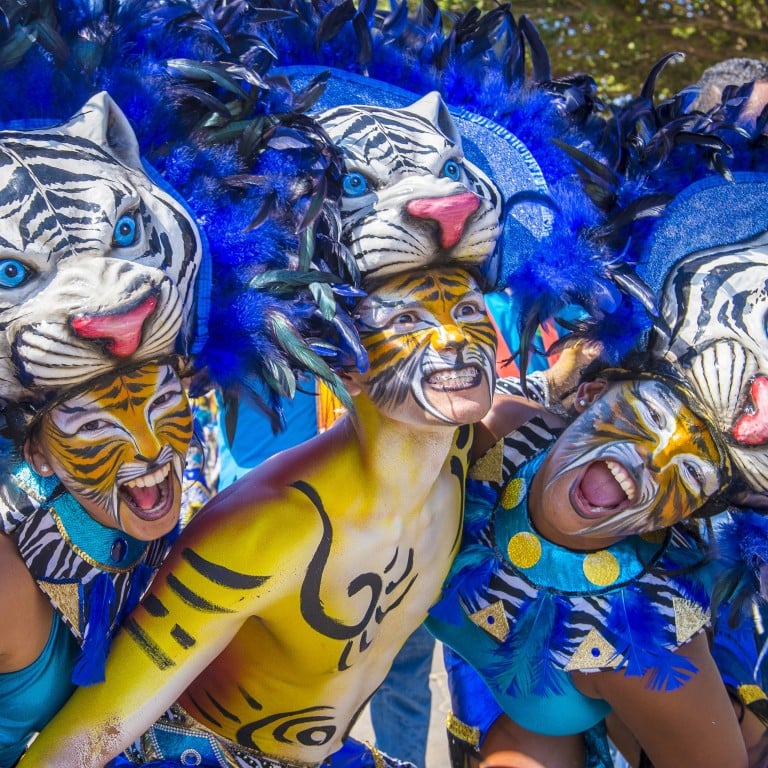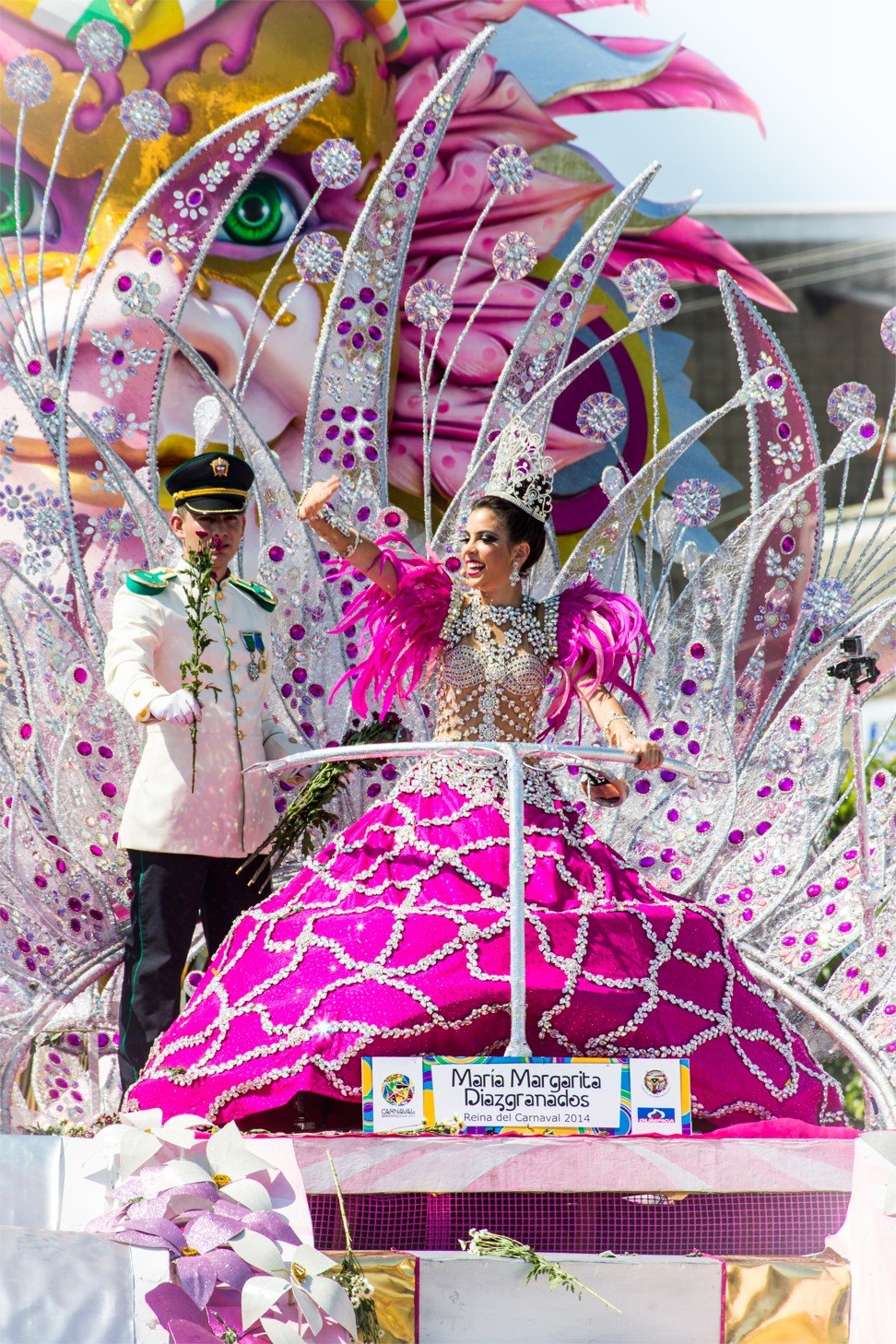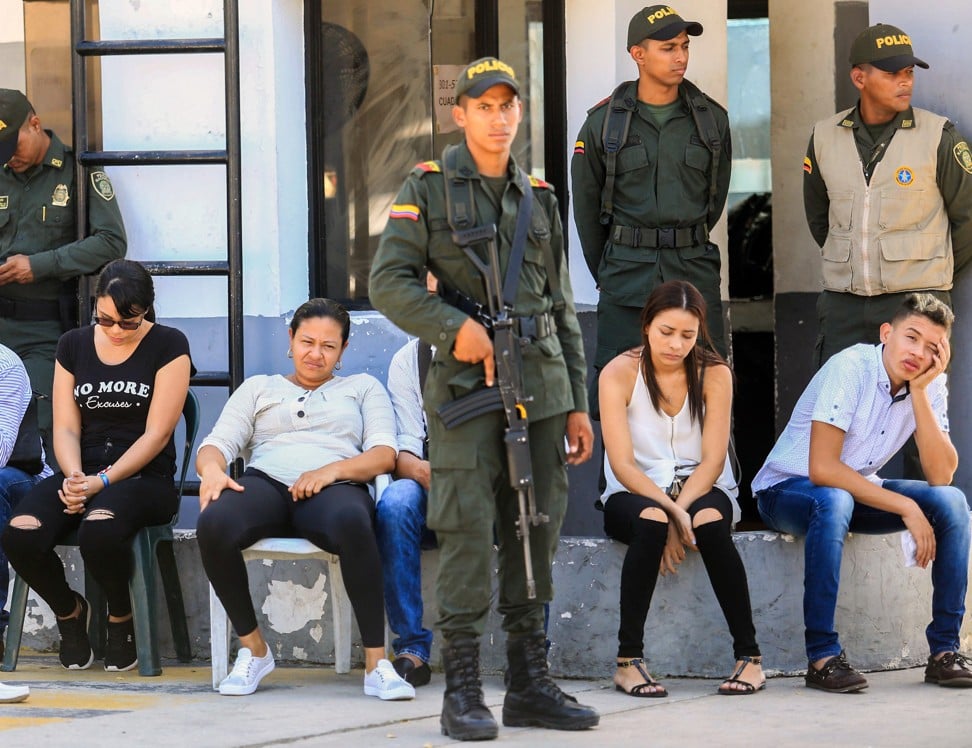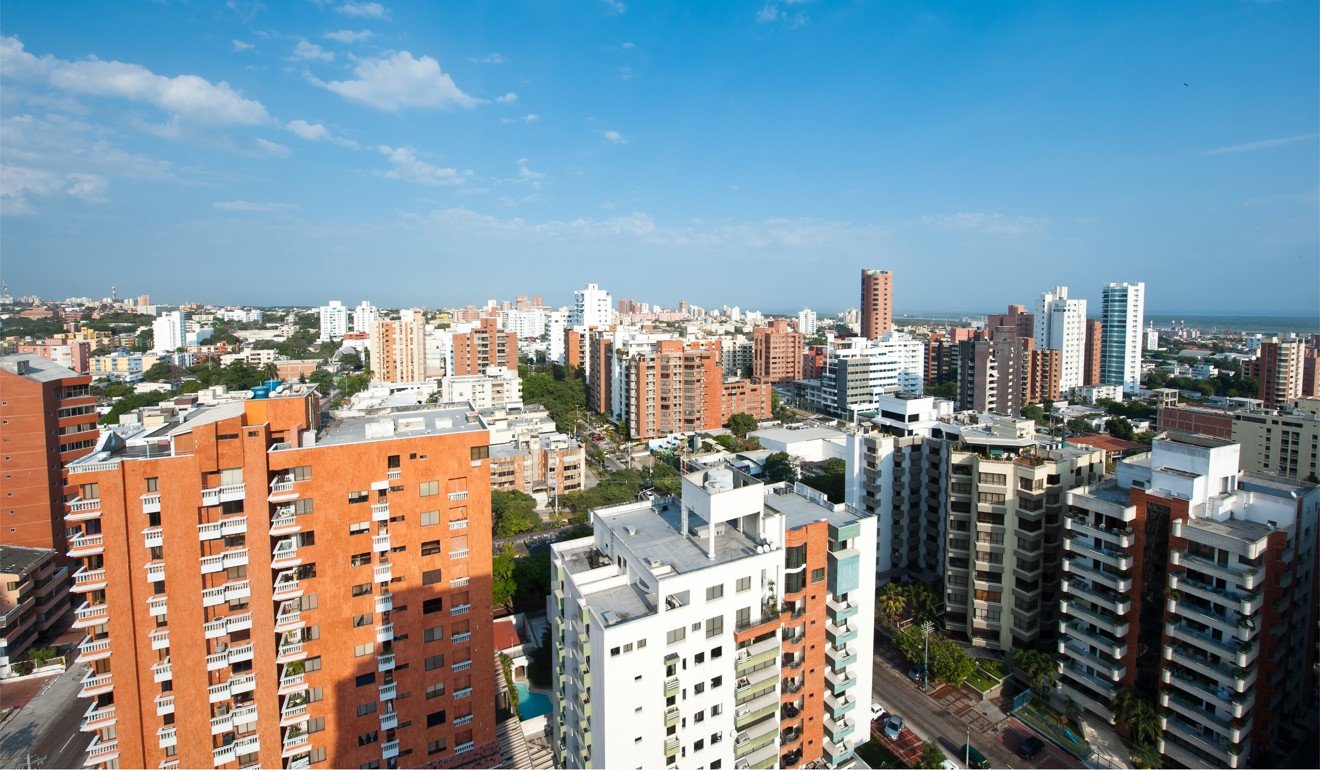
The good, bad and ugly sides to Barranquilla, Colombia – home to the world’s second-biggest carnival
- For four days each year, the port city awakes from its slumber to put on a spectacular street party
- More than 2 million people enjoy 96 hours of music, dance and ‘burning water’ – though beware: tipsy tourists make good targets for pickpockets
The Good
For 361 days of the year, nothing much happens in Barranquilla, an unremarkable port city situated at the mouth of Colombia’s principal river, the Magdalena. Then, for 96 hours starting on the Saturday before Ash Wednesday, the first day of Lent, more than 2.3 million people line the streets to dance, drink and cheer on an estimated 1.6 million performers taking part in the world’s second biggest carnival, after that in Rio.
The economic impact is significant – according to some estimates, the annual pageant generates upwards of 32,000 jobs, directly and indirectly. In 2003, Unesco added the Barranquilla Carnival to its list of Intangible Cultural Heritage of Humanity (a roll-call that includes Hong Kong’s Cheung Chau Bun Festival and Cantonese Opera), as an example of a traditional cultural expression that merits protection.
With its slogan, Quien lo vive, es quien lo goza, or “those who live it are those who enjoy it”, South America’s other carnival – which this year runs from Saturday, March 2 to Tuesday, March 5 – has been celebrated in various forms for more than three centuries. Despite its origins as a Christian tradition, the four-day festival showcases a fusion of European, African and indigenous folklore rooted in music and dance. Sound systems are cranked up to 11 and streets fill with face-painted, bikini-clad Barranquilleros gyrating, belly dancing and generally showing off (it’s no surprise that Hips Don’t Lie singer Shakira is a native of the city). Dances steeped in mythology such as the danza de congos, and the cumbia, which evolved as a courtship ritual, date back to colonial times, when enslaved Africans were first brought to the continent.
The carnival brings the city to a standstill and space on the busy streets is limited. Fortunately, private seating areas, or palcos, line the parade route. Tickets are reasonably priced, the views unobstructed and spectators are less likely to find themselves or their cameras covered in flour, foam or aguardiente, Colombia’s national liqueur.
The aniseed-flavoured tipple derives its name from the Spanish agua, meaning water, and ardiente, which translates as burning. Any attempt to go drink-for-drink with locals is sure to end badly – don’t say you weren’t warned.

When the processions finish for the day, follow the party into the barrios, or neighbourhood streets, where everyone is welcome. Colombia’s fourth-largest city is located on the hot and steamy Caribbean coast so, when the carnival finally comes to an end (or you run out of steam), travel two hours east and recuperate on the world-class white-sand beaches in Tayrona National Park, near the city of Santa Marta.
Preparation for the next year’s shindig begins almost as soon as the hangovers have subsided and the streets have been swept clean of sequins. Hotels start taking bookings, artisans set about building elaborate floats from scratch and designers get to work on new outfits and ever more extravagant masks.
The Carnival Queen Contest is held each October; a full six months before the event itself. La Reina is selected for her style, charm and dancing skills and is sure to be from one of Barranquilla’s upper-class families. Among her many roles, the winner gets to lead the Battle of the Flowers, a procession of floral-themed floats featuring young women in colourful costumes who fling freshly cut blooms into the crowds.
The Bad

The Carnival Queen is chosen from one of Barranquilla’s well-to-do families for good reason. The role demands a significant financial outlay to cover the cost of a coronation dress and crown, a musical entourage, make-up artists and several changes of clothing. The figure can reach over US$100,000. Nevertheless, it would be nice to see a girl from a poorer neighbourhood wearing the crown. Sponsored by an aguardiente distiller, of course.
And so to the festivities. There’s no question that the best views are from the grandstands but punters who purchase their palco passes from street vendors should ask the seller to accompany them to the entrance to ensure the tickets are genuine.
If possible, pick a palco between the start and mid-section of the procession route. As the day wears on, performers tire as the heat starts to take its toll (or as one disgruntled TripAdvisor reviewer put it: “Carnaval parade started out exciting and by the end was disorganised boredom”).

The participants do their best to maintain the tempo by knocking back reviving shots of aguardiente. Join them and down a glass or two but don’t overdo it – tottering tourists are an easy target for pickpockets. A useful South American rule of thumb is: Tourists + Large Crowds + Too Much Alcohol = Accident Waiting to Happen. Mind you, getting drunk isn’t always as straightforward as you might think as merchants have a reputation for selling watered-down spirits.
As the street parades wind down, the action moves to the after-parties. Barranquilla is a little rough around the edges, so try and go with someone you know or trust. Despite a highly visible police presence, an officer on duty in 2018 was quoted as saying, “There are no particular problems during the carnival, with the exception of mugging.” Everyone knows valuables should be left in the hotel safe but every year dozens of careless carousers sober up to discover phones, cash and cameras have been lifted from their bags or pockets.
Being physically assaulted or having possessions pilfered is bad enough but in January 2018, two weeks before the carnival commenced, five police officers were killed and many more were injured when an explosive device was hurled into a Barranquilla police station by a motorcyclist. A second attack a few days later at another police station left four officers and three civilians wounded. The motive remains unclear but is likely to be connected to a crackdown on drug trafficking and organised crime.
The Ugly

Perhaps Barranquilla’s biggest problem is that few sightseers visit at any other time of year. For tourism chiefs, the teasing four-day glimpse illustrates how an influx of free-spending visitors transforms the city and no doubt whets the appetite for more of the same. Unfortunately, the industrial seaport is no match for nearby attractions that include Cartagena and its Unesco-designated walled city or those world-class Caribbean beaches.
An equally short distance away is Aracataca, birthplace of Gabriel García Márquez and inspiration for the town of Macondo, described in the author’s universally acclaimed 1967 novel, One Hundred Years of Solitude.
Maybe they should introduce a Barranquilla Bun Festival.

